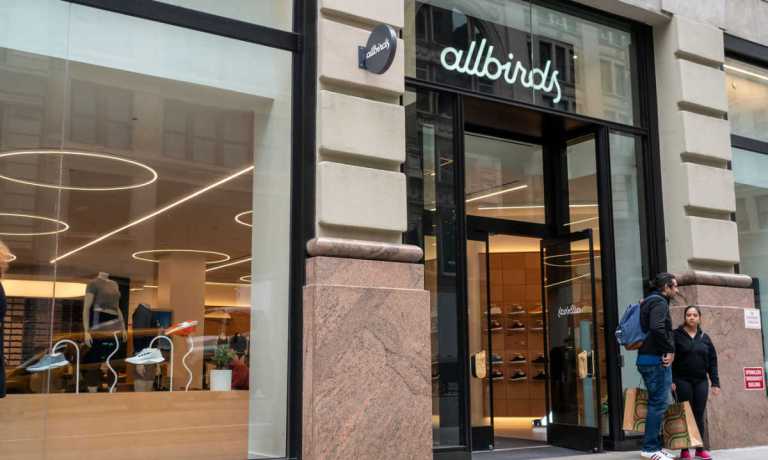
As D2C brands build their followings, remaining digital-only can restrict their growth.
In an interview with PYMNTS, Joey Zwillinger, co-founder and co-CEO of direct-to-consumer (D2C) footwear company Allbirds, which also has a traditional retail presence, noted that physical channels can be key to building trust in the brand, while third-party retail placements can expose new consumers to the products.
“Brands need to give new customers who might be on the fence about buying their products an opportunity to feel and test out the product,” Zwillinger said. “Being purely D2C can hinder long-term potential because reach is limited. Brands must meet consumers where they are. At Allbirds, we’ve held an omnichannel vision for the company ever since we started.”
He noted that the brand opened 22 stores last year, and the company’s partnerships with traditional retailers such as REI, Nordstrom and Dick’s Sporting Goods have helped expose the brand to new customers. That said, there are innovations that can improve eCommerce channels’ ability to connect with consumers. Zwillinger highlighted digital try-on and metaverse options as technologies that could “shrink the gap in immersive-ness” between digital and physical sales channels.
Overall, he asserted, D2C brands are finally seeing consumers’ behaviors normalize after years of unpredictability.
“I can’t overstate how volatile the consumer has been in the last three years,” Zwillinger said, citing the pandemic, unpredictable price fluctuations and the dramatic changes to how they work and live.
He added that, after a “volatile jump” in eCommerce engagement, consumers’ habits have “now settled” to resemble was predicted before the initial COVID-19 outbreak.
That said, research shows that online shopping remains above the level that experts had expected, even as it has normalized, revealing a permanent increase in adoption as a result of the pandemic.
Indeed, PYMNTS data reveals that many consumers continue to make retail purchases online. Research from PYMNTS’ study “Super Apps for the Super Connected,” a PYMNTS and PayPal collaboration, which draws from a survey of more than 9,900 consumers across the United States, the United Kingdom, Australia and Germany, found that 56% of millennials shop for retail items online each month.
Plus, PYMNTS’ December study, “How The World Does Digital: Different Paths To Digital Transformation,” the Q3 2022 PYMNTS ConnectedEconomy™ Index, which draws from surveys of more than 30,000 individuals across 11 countries, finds that digital transformation overall increased 7% in the United States in Q3.
In fact, with the rise in eCommerce engagement, legacy footwear brands have taken a tip from digitally native players. Take, for instance, Nike’s focus on D2C in the last couple of years. Zwillinger attributes this shift to consumers’ clear affinity for the channel, with D2C channels enabling greater “flexibility and control” and allowing lower prices, because the brand is not diverting a share of the profit to third parties.
“We take [traditional brands’ move into the space] as recognition that our model is working,” Zwillinger said. “Legacy brands that started decades ago didn’t have the opportunity to start from scratch with the new reality of modern distribution at the center of their offering; hence, these legacy brands are spending lots of money to try and reshape their distributions to meet this new reality.”